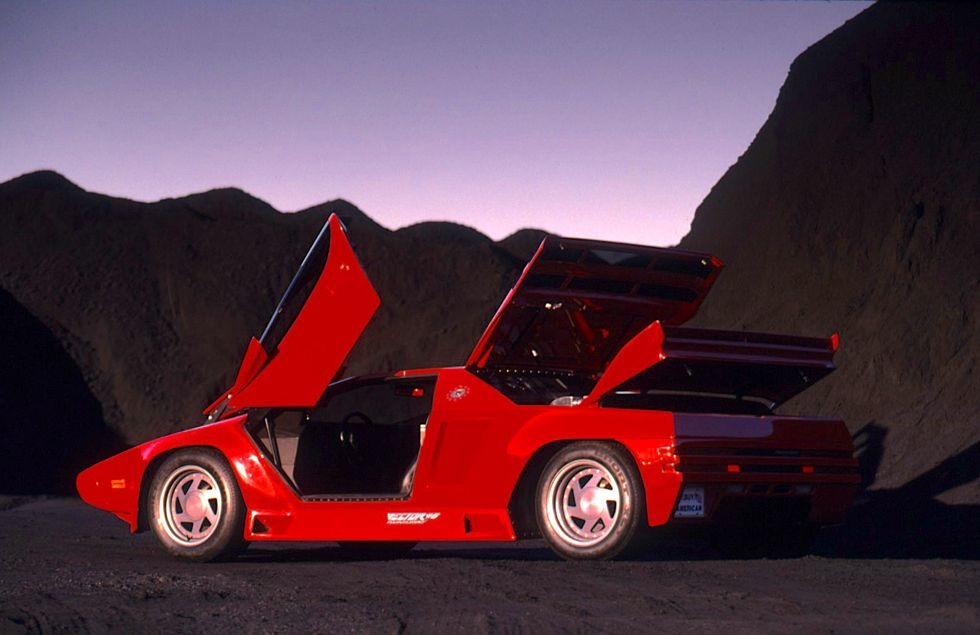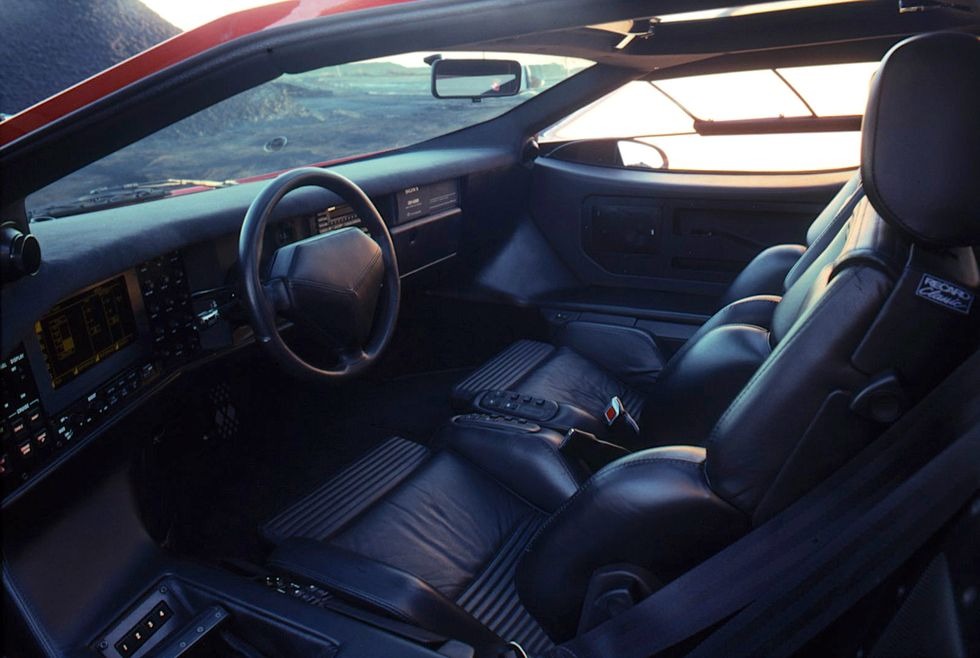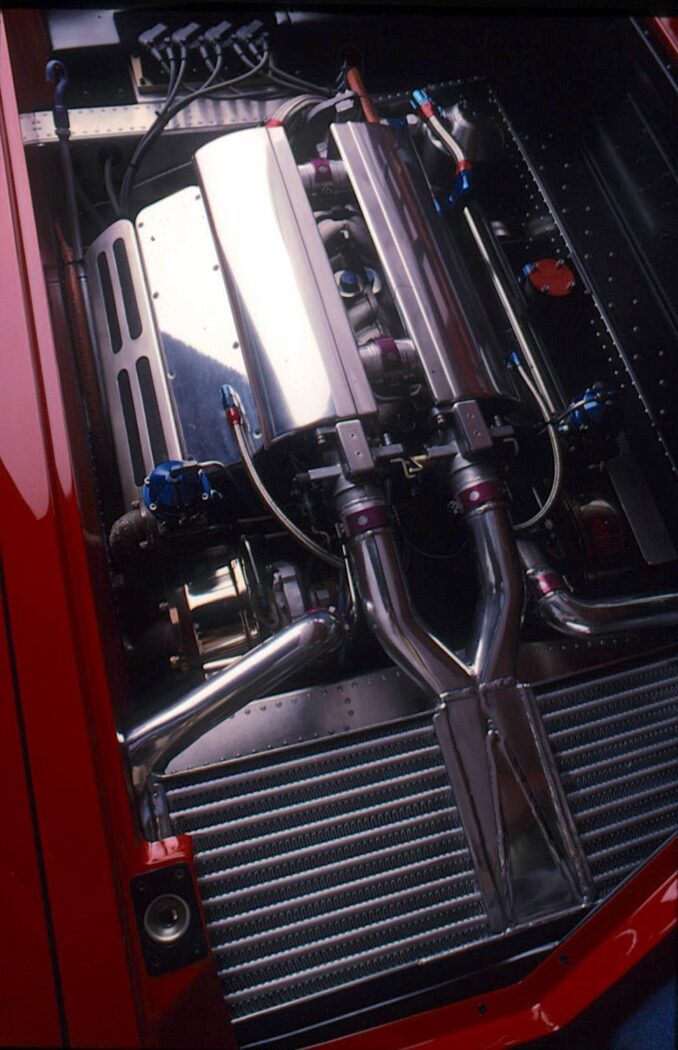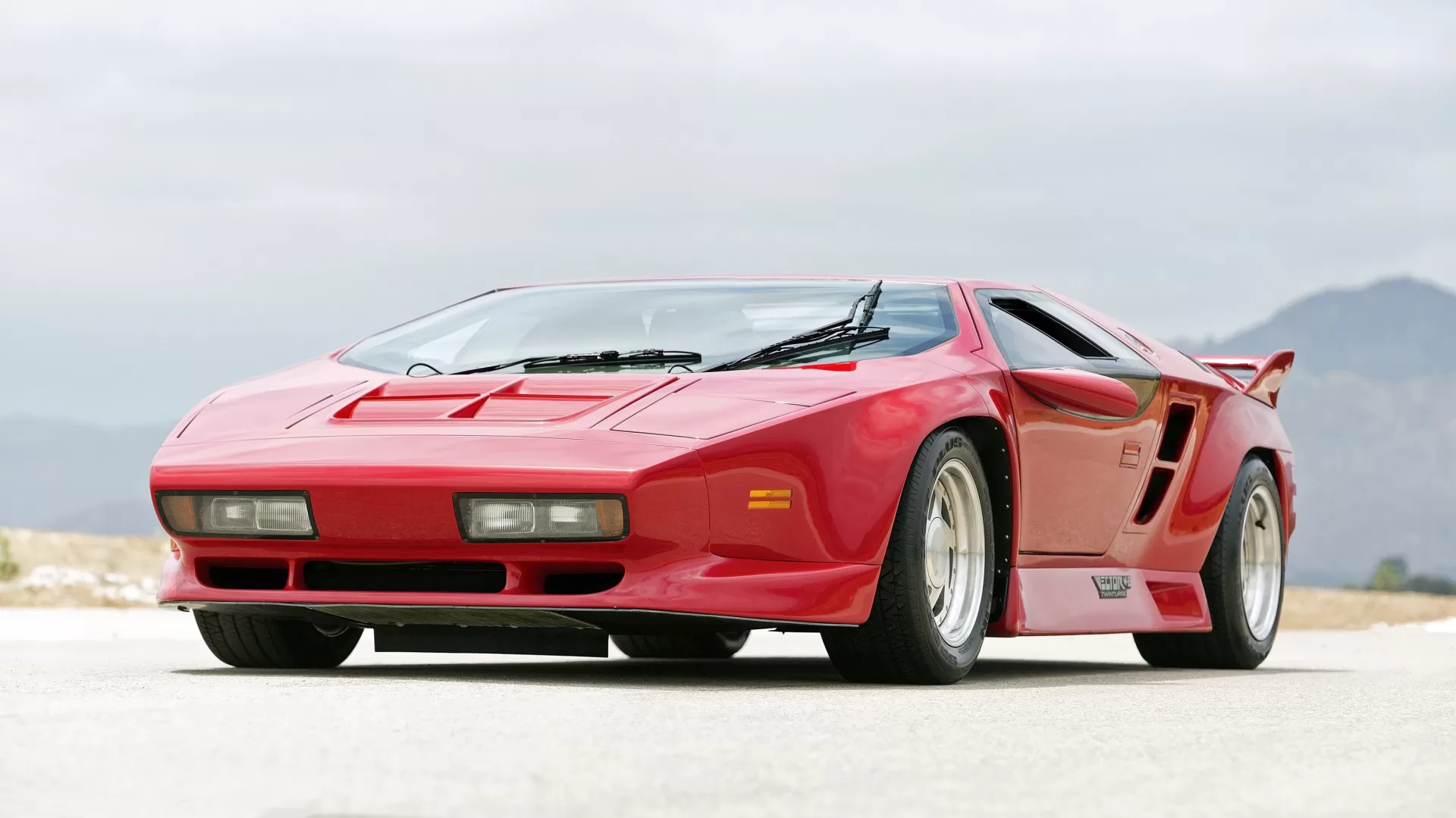The first auction of 2019 at RM Sotheby’s will feature Vector prototypes. For its stunning futuristic design and outlandish performance, the Vector marque is loved and appreciated by enthusiasts around the world, despite being seldom seen and perhaps not your mainstream supercar.


For Gerald “Jerry” Wiegert, Lamborghini and Ferrari sports cars in the 1970s were more than a passing interest; they were cult classics, favorite cars and coffees, and the first supercar made in America. With the intention of building a wholly American supercar, Wiegert founded a design firm called Vehicle Design Force after completing his studies at the Art Center College of Design in Pasadena, California.


With a design that wowed showgoers for more than a decade while its builder raised funds to put it into production, the Vector W2, named after Wiegert’s last name and its twin turbocharged V-8 engine, came from a small warehouse in Los Angeles’ Venice neighborhood. According to Car & Driver, the W2 was built “like a Formula 1 car, if you had the money.”
In 1989, Wiegert finally had his day with the Vector W8, America’s first supercar. Vector used materials from the aerospace industry to build the mid-engine, rear-wheel-drive sports car, which benefited from massive leaps forward in computer engineering. The Vector Aeromotive Corporation did not refer to itself as an automaker, but as an aeromotive manufacturer. The W8 was also extremely fast. One vehicle was reportedly driven 242 mph on the Bonneville Salt Flats. In 1990, Wiegert built nearly two dozen of the WX-3 at a price of nearly $450,000, allowing him to concentrate on its replacement.

At its first appearance at the Geneva Motor Show in 1992, the Avtech WX-3 prototype was to preview a production car. Initially a mere showpiece, the WX-3 prototype was made with carbon fiber and Kevlar, which resembled the W8. With its angular shape and streamlined bumpers and cut lines, it was a product of the early 1990s even though it was angular in appearance. Its interior was far more refined, but the control arrangement for the airplane cockpit was the same as on the W8.
At the Geneva salon in 1993, Vector had more to show. By then, the company had repainted the WX-3 Brilliant Aquamarine and tucked the twin-turbo Rodeck 7.0-liter, 1,000-hp V-8 behind the passenger compartment. In the end, $1,000,000 had been spent developing and building the WX-3 prototype coupe after these final touches!
At the automaker’s California modern-themed stand at the motor show, the open-top purple WX-3R was also set for the Arizona stage at RM Sotheby’s. Choosing teal and purple as colors was inspired by the Aquajet jet ski firm’s logo. With a windshield so raked that it wrapped into its side windows and was bisected by a section of the door skin, the roadster had an even more streamlined appearance than the prototype coupe. The interior of the coupe featured three-wide, European-style three-bolstered bucket seats instead of highly bolstered individual bucket seats.
Due to a hostile takeover attempt by Megatech, the Indonesian company that owned Lamborghini at the time, the WX-3 never left the prototype phase and Wiegert lost control of the company he’d worked so hard to build. The final Vector examples completed were the WX-3 coupe and the WX-3R roadster, which Wiegert retained ownership of after a court battle. Megatech could never produce the vehicle.
Media were well disposed of the WX-3 when it was teased in Geneva, even though it never went into production, since it exemplified American supercars to the fullest and offered enormous potential. It represents a man’s (and maybe every car guy’s) age-old American dream to build his own automobile. The Vector is comparable to the Tucker 48 for early 1990s technological innovation.
Jerry Wiegert, the owner of both the coupe and roadster prototypes of the Vector WX-3s, has showcased the vehicles at numerous car shows over the past 25 years. As the ‘Radwood’ 80s and 90s car culture movement continues, the Vectors are becoming increasingly appreciated and often stealing the spotlight everywhere they go. It is an opportunity not to be missed to see the Vector WX-3 Prototypes in Arizona, which are extremely rare, emblematic of their era, and have never been offered at auction before.



